Disclosure: This article contains affiliate links. We may earn a commission from purchases at no extra cost to you, which helps our travel content.
Standing at the edge of Canaima National Park, watching the ethereal mist rise from Angel Falls as it plummets 979 meters from Auyán-tepui's tabletop mountain, I felt both the scientist and adventurer in me equally captivated. This UNESCO World Heritage site houses not just the world's tallest uninterrupted waterfall, but also one of Earth's most biodiverse and geologically fascinating ecosystems. Having studied tropical biodiversity corridors for years before bringing my niece Lily on this journey, I can attest that experiencing Angel Falls requires preparation, respect for the environment, and an appreciation for the delicate balance between tourism and conservation.
Planning Your Angel Falls Expedition: Essential Logistics
Unlike many popular tourist destinations, Angel Falls doesn't accommodate impromptu visits. The falls are nestled deep within Venezuela's Canaima National Park, requiring careful planning and multiple transportation modes to reach.
Your journey typically begins in Caracas or Ciudad Bolívar, where you'll need to catch a flight to Canaima village. I recommend booking through established tour operators who coordinate the entire journey, as independent travel can be challenging due to limited infrastructure and the complex political situation in Venezuela. During my research expeditions, I've found that having local guides who understand both the ecological significance and navigational challenges of the region is invaluable.
From Canaima, you'll embark on a fascinating river journey via dugout canoes called curiaras. This 4-5 hour boat ride up the Carrao and Churun Rivers is an adventure in itself, navigating through rapids and the heart of tepui country. During the dry season (December-April), lower water levels may require portions to be hiked on foot.
For accommodation, expect basic facilities at the camps near the falls. I always pack my water purification system to ensure safe drinking water throughout the journey, as facilities are limited and environmental protection is paramount.
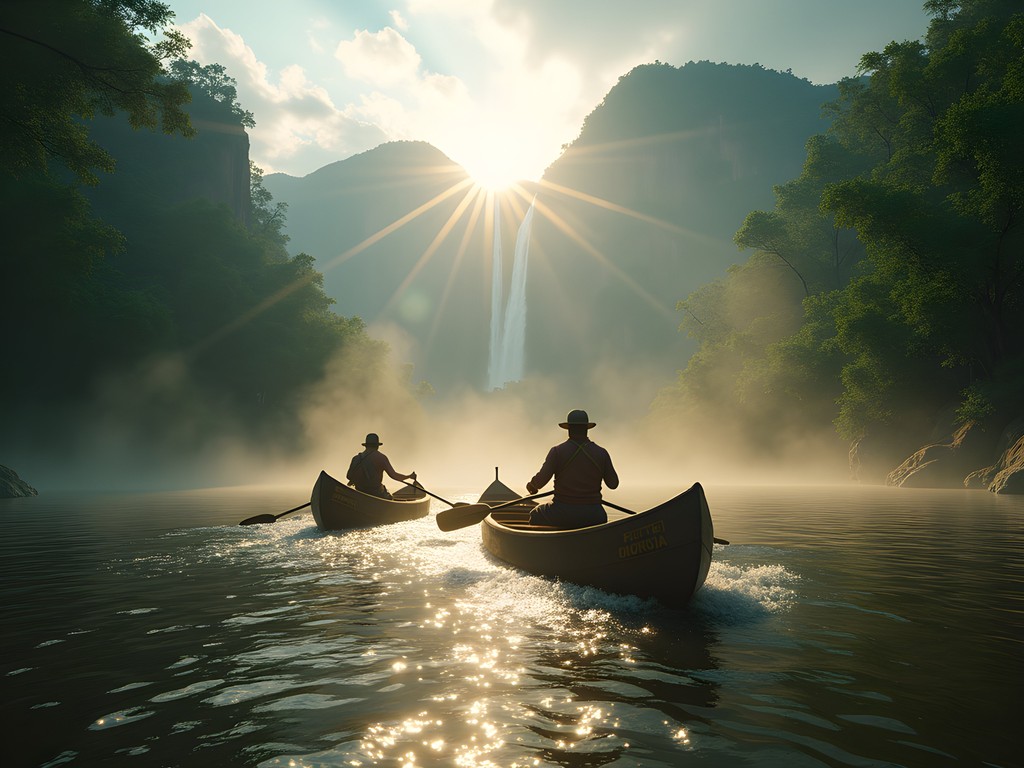
💡 Pro Tips
- Book with established tour operators who prioritize both safety and ecological responsibility
- Pack light but include essentials like water purification, rain gear, and biodegradable insect repellent
- Exchange currency before arriving in Canaima as ATMs are nonexistent in the park
The Tepui Ecosystem: A Living Laboratory
As a research scientist who's studied biodiversity corridors across continents, I can attest that the tepui ecosystem surrounding Angel Falls represents one of our planet's most remarkable evolutionary showcases. These tabletop mountains, including Auyán-tepui from which Angel Falls descends, have functioned as isolated evolutionary islands for millions of years.
During our trek to Angel Falls, my niece and I documented over 30 plant species found nowhere else on Earth. The tepuis host carnivorous plants, endemic orchids, and ancient flora that have remained virtually unchanged since the age of dinosaurs. This isolation has created what scientists call 'ecological islands in the sky' – essentially Darwinian laboratories where evolution has taken unique paths.
The geological formation itself tells an astonishing story. These tepuis are remnants of a massive sandstone plateau that once connected South America and Africa before continental drift. When exploring the base of Angel Falls, you're witnessing rock formations that predate most dinosaurs, formed approximately 1.7 billion years ago.
For photography enthusiasts, I recommend a weather-resistant camera bag to protect your equipment from the perpetual mist around the falls while allowing quick access for those fleeting photographic moments when the clouds part and reveal the falls in their full glory.
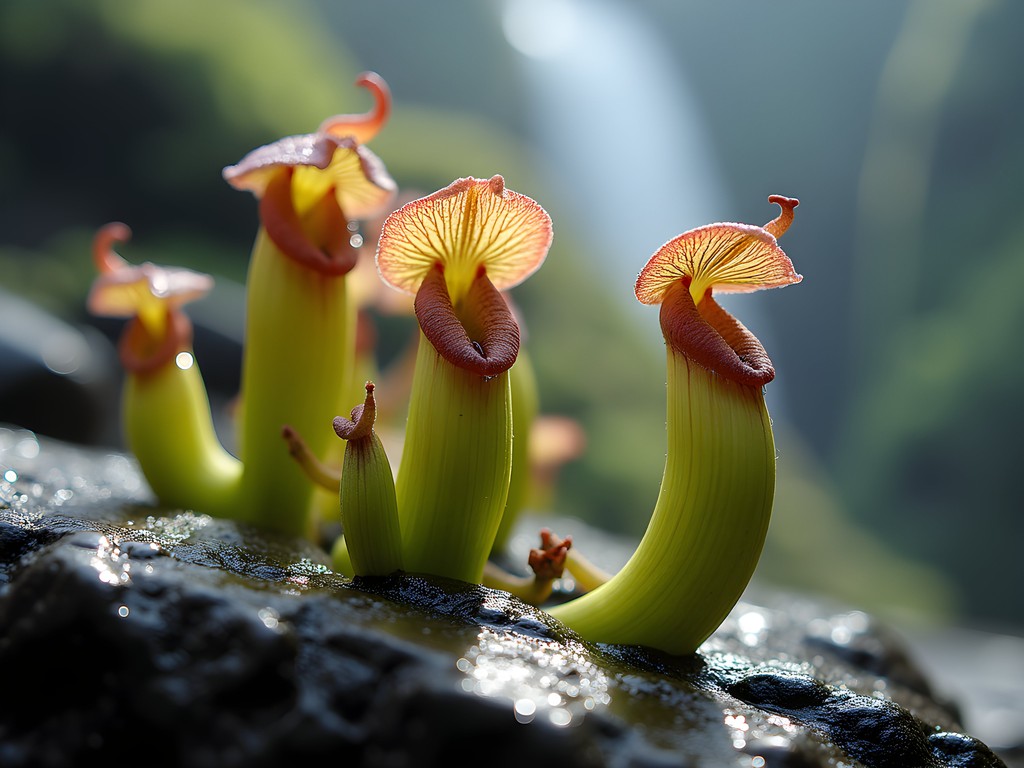
💡 Pro Tips
- Bring a field guide to identify endemic species – the Tepui ecosystem contains countless plants found nowhere else on Earth
- Pack binoculars for spotting harpy eagles and cock-of-the-rock birds that inhabit the forest canopy
- Consider a guided nature walk with a trained naturalist who can explain the unique evolutionary history of the region
The Trek to Angel Falls: What to Expect
The journey to witness Angel Falls up close involves a moderately challenging trek that requires reasonable fitness but rewards you with increasingly spectacular views. After reaching the riverside camp (typically a 4-5 hour boat journey from Canaima), you'll rest before embarking on the final approach.
The hiking trail to the falls viewpoint takes approximately 1-1.5 hours each way through dense tropical forest. During my recent expedition with my niece, we found the terrain to be uneven and often muddy, with some steep sections requiring careful footing. The path winds through remarkable biodiversity – keep your eyes open for poison dart frogs, extraordinary butterflies, and if you're exceptionally lucky, the elusive cock-of-the-rock bird with its brilliant orange plumage.
I highly recommend investing in proper hiking boots with ankle support for this trek. During our visit, several travelers with inadequate footwear struggled with the slippery conditions, missing opportunities to fully appreciate the surroundings.
The final viewpoint offers an unobstructed vista of Angel Falls in its entirety – a moment that inevitably produces what my research colleagues and I call 'ecological awe' – that profound sense of wonder that connects us deeply to our natural world. During the rainy season, you may have the opportunity to swim in the natural pool at the base of the falls, though the water remains quite cold year-round due to the altitude.

💡 Pro Tips
- Use trekking poles for stability on muddy sections of the trail
- Layer clothing as temperatures can fluctuate between hot and humid to cool and misty near the falls
- Pack a dry bag for electronics as sudden rain showers are common, even during the 'dry' season
Responsible Tourism and Cultural Considerations
As both a scientist and traveler, I believe our presence in ecologically sensitive areas comes with significant responsibility. Angel Falls and Canaima National Park are not just natural wonders but also the ancestral home of the indigenous Pemón people, whose relationship with this landscape spans thousands of years.
During our visit, we stayed at camps operated by Pemón communities, providing direct economic benefit to those who serve as the true guardians of this ecosystem. The guides share not just geographical knowledge but cultural context that transforms your understanding of the landscape. My niece was particularly moved by learning how the Pemón name for Angel Falls, 'Kerepakupai Merú' (meaning 'waterfall of the deepest place'), reflects a much deeper connection to the land than the name given by Western aviator Jimmy Angel in 1933.
Practical conservation during your visit means adhering to Leave No Trace principles with religious dedication. I always pack a reusable dry bag specifically for collecting any trash until it can be properly disposed of outside the park. Biodegradable soap and toiletries are essential, as all washing occurs directly in the river system.
Consider too that while photography is generally welcomed, always ask permission before photographing Pemón people or their villages. Some communities have specific guidelines about photography, particularly of sacred sites within the tepuis.
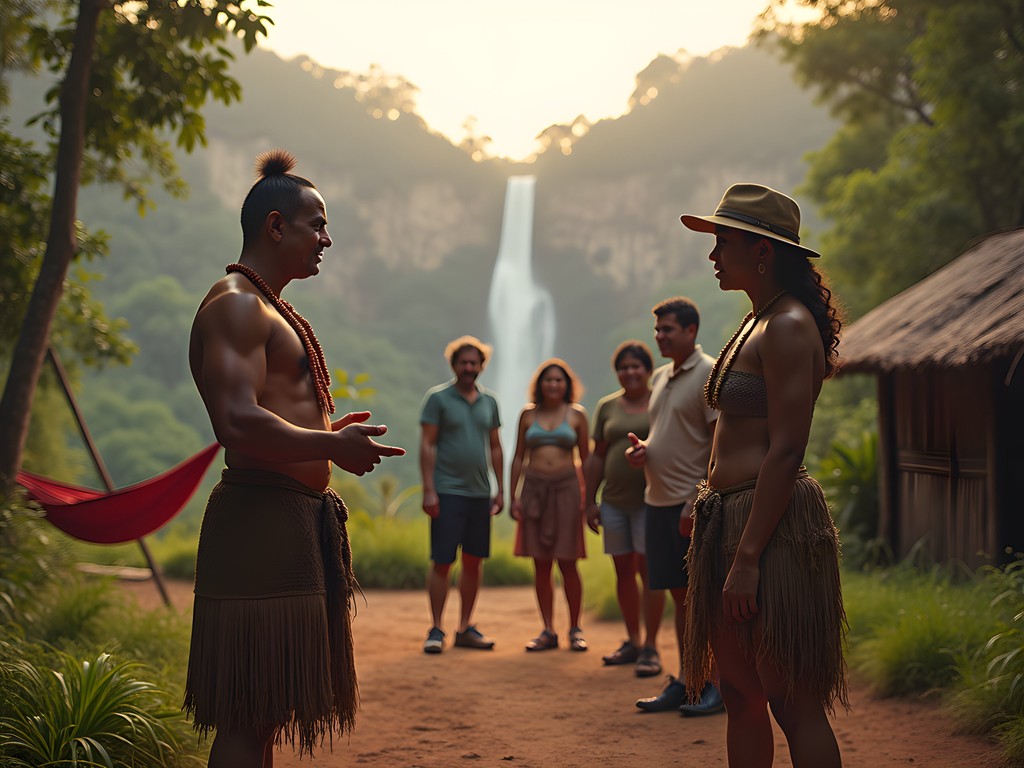
💡 Pro Tips
- Learn basic Spanish phrases to communicate respectfully with local guides and community members
- Purchase handicrafts directly from Pemón artisans to support sustainable livelihoods
- Consider offsetting your carbon footprint from flights to Venezuela through verified conservation projects in the Amazon basin
Essential Gear and Packing Strategy
Packing for Angel Falls requires balancing minimalism with preparedness. Weight restrictions on the small aircraft to Canaima are strict (typically 10-15kg per person), yet the variable climate and remote location demand certain essentials.
From my multiple research expeditions to similar environments, I've refined my packing strategy to focus on multi-functional items. Quick-dry clothing is non-negotiable – the humidity means cotton items may never fully dry. I pack just 2-3 sets of lightweight, synthetic hiking clothes that can be easily washed and dried overnight.
Protection from the elements is crucial. A packable rain jacket is essential, as afternoon downpours are common even during the 'dry' season. The jacket should be breathable enough to wear while hiking in humidity. For sun protection, I rely on a wide-brim hat rather than chemical sunscreens that can harm aquatic ecosystems.
Mosquito protection requires a multi-layered approach. I bring permethrin-treated clothing, a natural mosquito repellent, and a lightweight mosquito head net for evenings when the insects are most active.
For nighttime at the basic camps, a compact sleeping bag liner provides both comfort and an extra barrier against insects when sleeping in the provided hammocks or basic beds.

💡 Pro Tips
- Pack medications in waterproof containers – humidity can quickly degrade pills and tablets
- Bring twice as many memory cards as you think you'll need – the photographic opportunities are endless and charging facilities limited
- Include a microfiber towel that dries quickly in the humid environment
Final Thoughts
Standing beneath Angel Falls, watching nearly a kilometer of water cascade from ancient tepui heights, offers a profound reminder of our planet's geological majesty and the importance of preserving these natural wonders. My journey here began as a scientist tracking biodiversity corridors but evolved into something far more personal – a deep appreciation for how places like Canaima connect us to Earth's evolutionary history and inspire protection of our remaining wild spaces.
While reaching Angel Falls requires effort, planning, and respect for both natural and cultural contexts, the experience transcends ordinary travel. Whether you're capturing the interplay of mist and rainbows through your camera lens or simply sitting in contemplation at the viewpoint, Angel Falls offers what increasingly few destinations can: a genuine connection to geological time and ecological wonder.
As my niece remarked while we watched the falls from our curiara, 'It makes you feel wonderfully small, doesn't it?' Indeed it does – and in that smallness lies a powerful reminder of our responsibility to protect these irreplaceable wonders. If you make this journey, go as both adventurer and steward, ready to be transformed by one of our planet's most spectacular natural phenomena.
✨ Key Takeaways
- Book with established tour operators who prioritize both safety and ecological responsibility
- The best viewing experience combines dry season access (December-April) with occasional rain to maximize water flow
- Support indigenous Pemón communities through locally-operated tours and accommodations
- Practice stringent Leave No Trace principles throughout your visit to protect this fragile ecosystem
📋 Practical Information
Best Time to Visit
December to April (dry season)
Budget Estimate
$800-1,200 USD for a 3-day tour from Canaima (excluding flights to Venezuela)
Recommended Duration
5-7 days including travel to/from Canaima
Difficulty Level
Moderate To Challenging
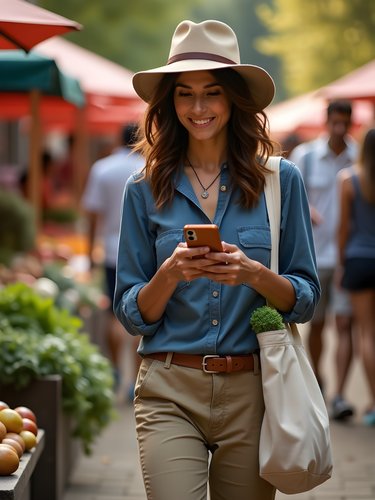
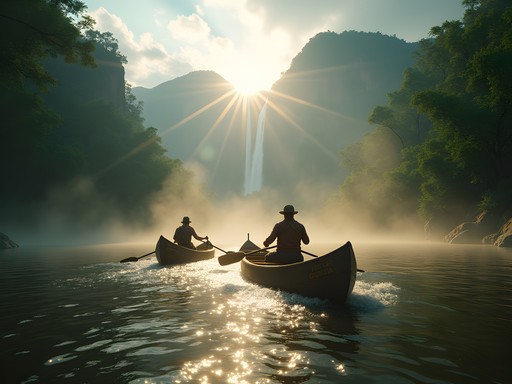
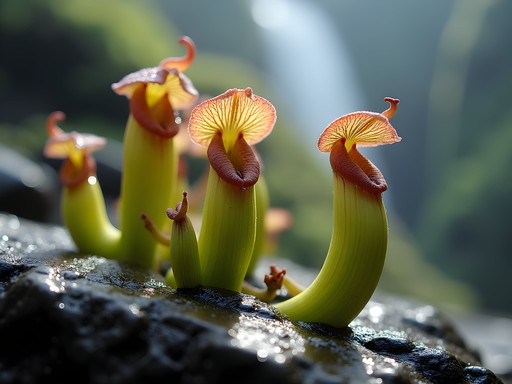
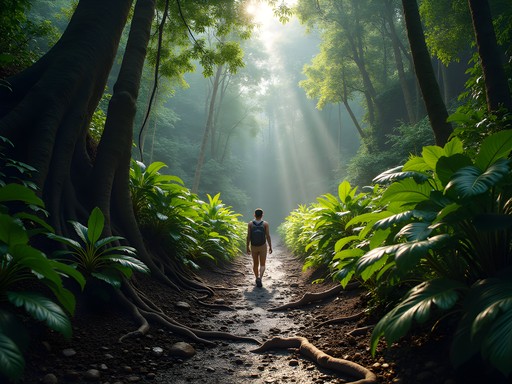




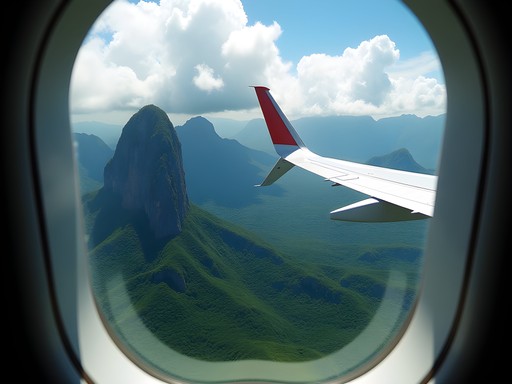







Comments
nomadlegend
Those aerial shots of the tepui are mind-blowing! Nature is incredible.
Fatima Sims
What an incredible journey, Aria! Angel Falls changed my perspective on what true wilderness means. One tip for anyone planning this trip: don't skimp on rain protection. I brought my dry bag and it saved my camera equipment during a sudden downpour. Also, the indigenous guides share amazing stories about the tepuis if you show genuine interest in their culture. The Pemón people have such a rich relationship with this landscape. Consider learning a few basic phrases in Spanish - it goes a long way with locals!
hikingguy656
How difficult is the trek physically? I'm in decent shape but not an expert hiker. Also, how many days should I plan for the whole experience?
Fatima Sims
Not Aria, but I did this trek last year! It's moderate difficulty - you'll hike about 4-5 hours each way with some uneven terrain, but nothing technical. The boat journey is actually longer than the hiking portion. I'd recommend at least 3 days for the Angel Falls portion and 5-7 days total if you include Caracas and travel days. The humidity was the hardest part for me, not the terrain!
hikingguy656
Thanks Fatima! That's super helpful. Humidity is always my nemesis too, haha.
Douglas Bradley
Excellent breakdown of the Angel Falls experience, Aria. I visited in 2024 and would emphasize the importance of timing your visit correctly. The falls are most impressive during the rainy season (June-December), but this creates challenges for the flight into Canaima. I'd add that the ecological diversity of the tepui region is truly remarkable - the isolation of these table mountains has created evolutionary conditions similar to the Galapagos. The endemic species you'll encounter are unlike anything else on Earth. Your section on responsible tourism was particularly thoughtful.
luckybackpacker
This looks amazing but I'm worried about the safety situation in Venezuela. Did you have any issues during your trip? How did you arrange local guides?
Aria Cox
Great question! I worked with a reputable tour company that specializes in Canaima National Park trips. Safety-wise, we stayed in recommended areas and followed local advice. The guides were incredible - all indigenous to the region with deep knowledge of the tepuis.
luckybackpacker
Thanks for the info! That's reassuring to hear.
sunsetwanderer
Wow! Angel Falls has been on my bucket list forever! Your photos are incredible!
Haley Hamilton
This is such a comprehensive guide! I've done this trek twice now (once in wet season, once in dry) and would add that timing really matters. If you go during wet season (June-Dec), the falls are spectacular but the trails can be treacherous. Dry season means easier hiking but less dramatic water flow. Also, don't underestimate the insects - they're relentless in the jungle. I practically bathed in repellent and still got bitten. Worth every itchy bump though for those views! The section on responsible tourism is particularly important - the Pemón communities really depend on sustainable tourism.
roamguy
Wow, you've been twice? I'm nervous about the insects. Any specific repellent that worked best?
Haley Hamilton
I used one with 30% DEET and it helped, but honestly, nothing is 100% effective there. Long sleeves and pants in the evenings are a must too!
summerbackpacker
That shot of the falls at sunrise with the rainbow in the mist is UNREAL! What camera setup did you use?
Aria Cox
Thank you! Just my trusty Sony A7III with a weather-sealed lens. The real challenge was keeping everything dry enough to function!
budget_traveler
Great post! Any idea on the total cost for this adventure? Trying to budget for next year.
Aria Cox
Thanks! All-in with flights from Caracas, the tour package, accommodation, and meals, budget around $800-1200 USD for a 4-day trip. The small aircraft flights are the biggest expense.
exploreking
Did this trek in January and your description of that first glimpse of the falls is spot on - literally took my breath away! One thing I wish I'd known: the boat ride to the trailhead is LONG (like 4+ hours) and pretty uncomfortable on those wooden benches. Bringing a small cushion would have saved my back. Also, our guide insisted we visit Sapo Falls while in Canaima and walking behind that curtain of water was almost as amazing as Angel Falls itself!
Venture X
Premium card with 2X miles, $300 travel credit, Priority Pass